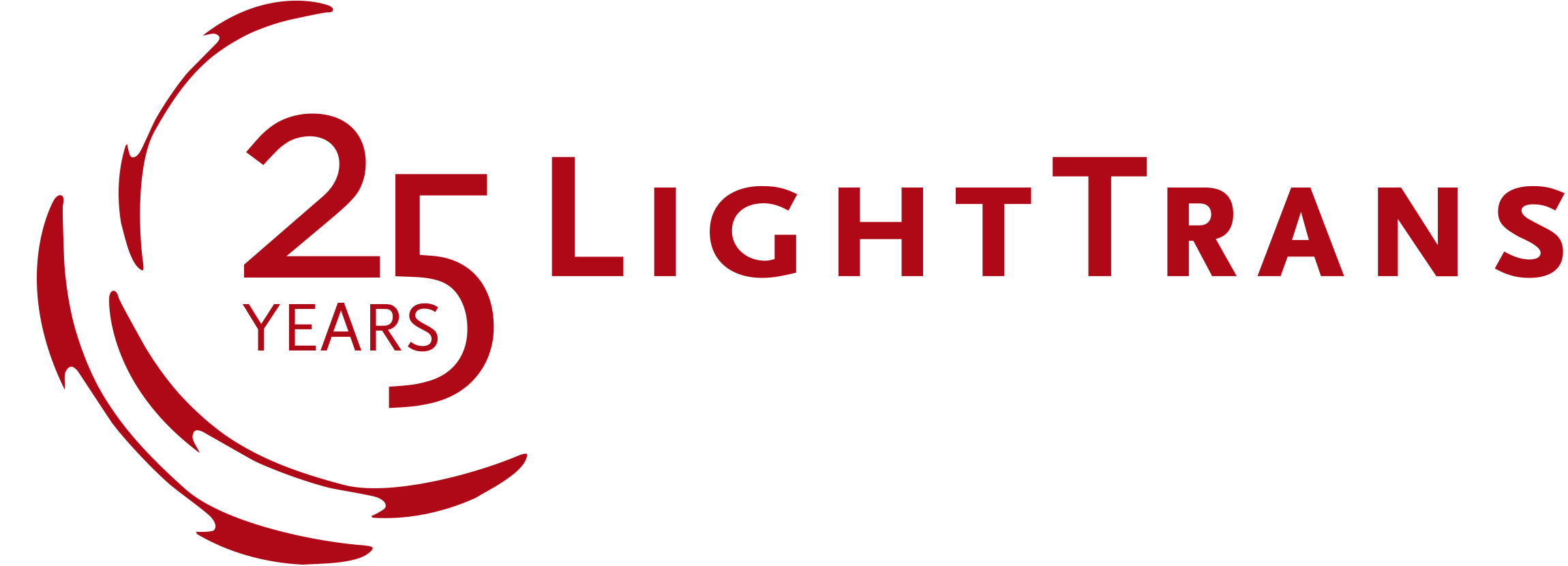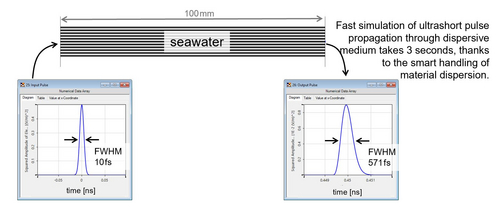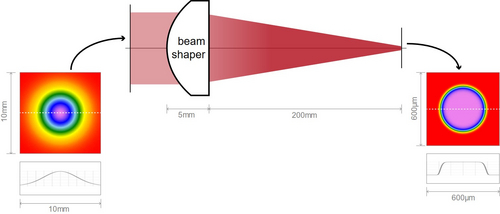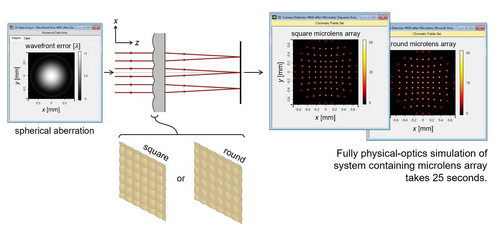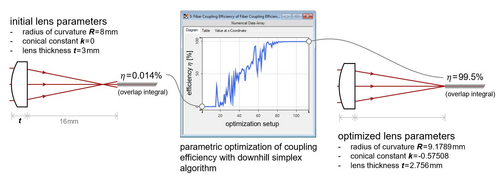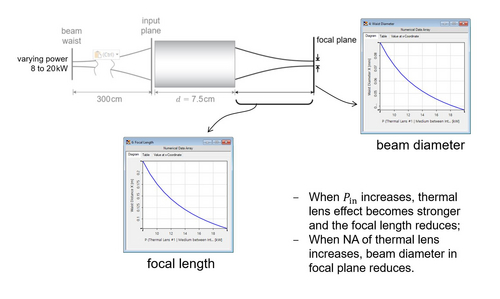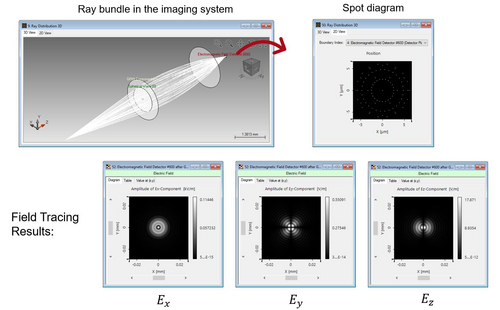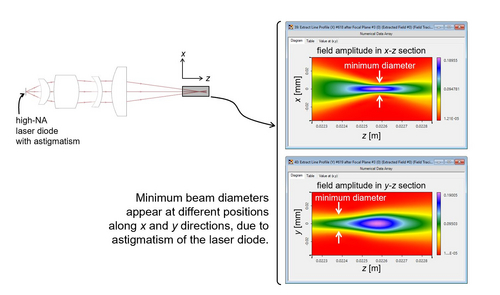What’s new in our Optical Modeling and Design Software?
Release: VirtualLab Fusion 7.4.0.49
We are pleased to announce the release of VirtualLab Fusion (Build 7.4.0.49)!
The update service must include the 3rd quarter of 2018 to be able to use this update.
Modeling of Femtosecond Pulses
Femtosecond pulses are drawing more and more attentions in modern optical applications, because of their ultrashort temporal duration and the corresponding ultrahigh power. The ultrashort temporal duration also leads to broad spectrums. Such spectral or temporal properties of femtosecond pulses must be properly handled together with their spatial behaviors for the modeling.
VirtualLab Fusion provides such a physical-optics simulation platform capable of femtosecond pulse modeling.
Design of Refractive Beam Shapers
Refractive beam shapers are of great help in several laser-related applications. For example, in material processing, laser beams are often required to have uniform distributions (like top-hat) on the target plane.
In VirtualLab, refractive beam shapers can be designed with a user-friendly workflow, and the design results can be exported directly in those formats most commonly used for fabrication.
Modeling of Microlens Array and Diffraction at Apertures
Microlens arrays can be found in different applications, such as imaging, wavefront sensing, and so on.
With the physical-optics simulation technique in VirtualLab, the working principle of the microlens array, e.g. in the case of wavefront sensing, can be clearly demonstrated, and the performance of such systems can be evaluated efficiently. It is also worth mentioning that the diffraction effect from the edge of the individual microlenses can be taken into consideration in the simulation.
Evaluation of Fiber Coupling Lenses and Their Design
How to ensure a high-efficient coupling of light into optical fibers is an important question in all fiber-related applications.
In VirtualLab, the focal field behind the coupling lens can be easily calculated with the fast physical optics simulation engine, and by calculating the overlap integral, the fiber coupling efficiency can be evaluated. Additionally, with the parametric optimization, the lens parameter can be optimized for customized situations.
Thermal Lens and Stress-Induced Birefringence
It is vital in design to be able to include in your simulation not only those properties or components that play an intentional, wanted role in the system, but also, and with particular care, those effects which have the potential to interfere with its intended purpose, in order to quantify and, if possible, avoid them.
Below we show two examples of VirtualLab’s potential in this area: all thanks to its fast and accurate approach, and an interface that allows you both to import measured data (from, e.g., ANSYS) or to include the effects via readily available or customized mathematical models.
Read moreConstruction and Modeling of Graded-Index Media
Graded-index, or GRIN, media are employed in optics to construct, among other components, lenses and multimode fibers. In VirtualLab you can easily choose to GRIN media as part of your optical system, as it includes a fast and accurate modeling technique accompanied by a user-friendly interface that makes setting up the GRIN component a really easy task.
Find out more through our examples below!
Read moreInvestigation of Fields in Focal Region
It is of importance to understand how the field is evolving during the propagation through the focal region along the optical axis.
In VirtualLab Fusion, with the Parameter Run, it is possible to perform a scan of the field along a succession of planes, and thus to have access to the complete information of the electromagnetic field inside the focal region. Particularly, all eventual vectorial effects due to high-NA focusing are taken into account.
